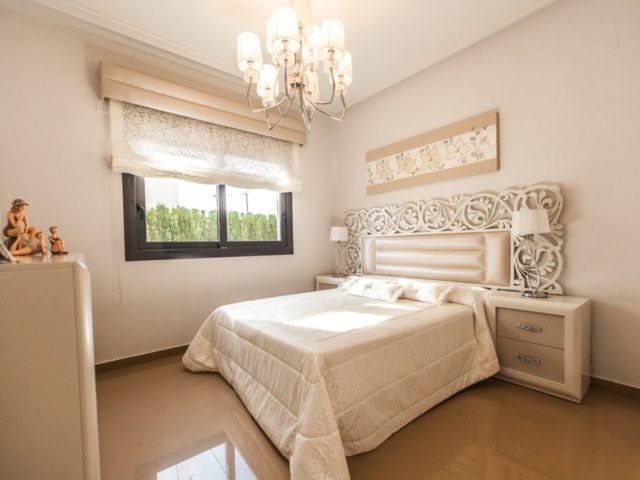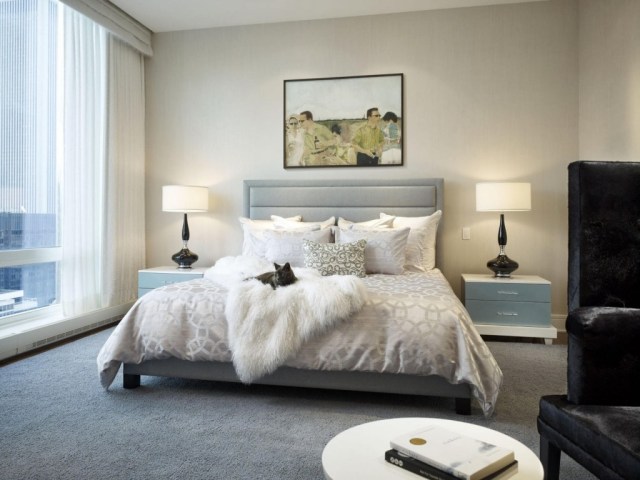
Your home is more than just a place to rest your head; it’s a reflection of your personality, a sanctuary, and a space that greatly influences your overall well-being. Interior design is the art of arranging and decorating living spaces, and it has a profound impact on our emotions, behaviors, and mental health. In this blog post, we will explore the psychology of interior design and how your home’s layout, colors, and furnishings can positively or negatively affect your mental and emotional state.
The Emotional Power of Design
Before diving into the specifics of interior design elements, it’s essential to understand the emotional power of design. Studies have shown that the environment we create within our homes can directly impact our mood and psychological well-being. Here’s how:
1. Stress Reduction
A well-designed interior can help reduce stress and anxiety. When your home is organized, clutter-free, and aesthetically pleasing, it creates a sense of calm and order, allowing you to relax more easily.
2. Mood Enhancement
Colors, lighting, and decor choices can all influence your mood. Bright, cheerful colors can evoke feelings of happiness and energy, while soft, muted tones promote relaxation and tranquility.
3. Productivity and Creativity
The layout and organization of your home office or creative space can either inspire or hinder your productivity and creativity. A well-designed workspace can stimulate your mind and help you accomplish tasks more efficiently.
4. Connection and Comfort
The layout and arrangement of furniture in communal areas can encourage social interaction and emotional connection with family and friends. Comfortable seating and inviting spaces promote togetherness.
Elements of Interior Design
Now let’s break down the key elements of interior design and how they contribute to your emotional and mental well-being:
1. Color Psychology
Colors have a profound impact on our emotions. Warm colors like red and orange can evoke feelings of warmth and energy, while cooler tones like blue and green are associated with calm and relaxation. Consider the mood you want to create in each room when choosing color schemes.
- Red: Red can stimulate appetite and conversation, making it a great choice for dining rooms but may be too intense for bedrooms.
- Blue: Blue is calming and is often used in bedrooms and bathrooms to create a tranquil atmosphere.
- Yellow: Yellow is associated with happiness and can bring a cheerful vibe to kitchens and living rooms.
- Green: Green is a restful color that promotes relaxation. It’s suitable for bedrooms and spaces where you want to unwind.

2. Lighting
Lighting can dramatically affect the ambiance of a room. Natural light is especially beneficial for well-being as it regulates our circadian rhythms and boosts mood. Adequate lighting in workspaces is essential for productivity, while softer, warm lighting in bedrooms contributes to relaxation.
3. Layout and Flow
The layout of your home impacts how you move through the space and how you interact with it. An open floor plan can create a sense of spaciousness and connection, while well-defined rooms can provide a sense of privacy and coziness. The flow of your home should align with your lifestyle and needs.
4. Furniture and Comfort
Comfortable furniture is essential for both physical and mental well-being. Ergonomically designed pieces promote comfort and prevent physical strain. Additionally, furniture choices can reflect your personal style and contribute to the overall atmosphere of your home.
5. Personalization
Personalizing your space with meaningful objects, photos, and artwork can enhance your emotional connection to your home. Surrounding yourself with items that hold sentimental value can create a sense of comfort and happiness.
6. Decluttering and Organization
Clutter can lead to feelings of overwhelm and stress. Keeping your home organized and decluttered promotes a sense of order and can significantly improve your mental well-being.
Room-Specific Considerations
Different rooms in your home serve different purposes, and their design should align with those functions:
1. Bedroom
Your bedroom should be a peaceful retreat. Opt for soothing colors, comfortable bedding, and blackout curtains for quality sleep. Keep the space clutter-free and minimize electronic distractions for better rest.
2. Kitchen
The kitchen is often the heart of the home. A well-organized kitchen with ample storage can make meal preparation enjoyable. Incorporate cheerful colors and comfortable seating for a welcoming atmosphere.
3. Living Room
The living room is a space for relaxation and socialization. Comfortable seating arrangements, soft textiles like throw blankets and pillows, and inviting lighting can create a cozy and inviting environment.
4. Home Office
In a home office or workspace, focus on functionality and productivity. Invest in ergonomic furniture, adequate lighting, and organization solutions to optimize your work environment.
5. Bathroom
Bathrooms benefit from soothing colors and good lighting. Consider adding calming elements like scented candles or plants to enhance the spa-like atmosphere.
Conclusion
Your home is a canvas for your emotions and well-being. By understanding the psychology of interior design and carefully considering elements such as color, lighting, layout, and personalization, you can create a living space that promotes positive mental and emotional states with the help of skilled Painter and Decorator Luton. Whether it’s reducing stress in your bedroom, boosting creativity in your home office, or fostering connection in your living room, thoughtful interior design has the power to enhance your quality of life within the walls of your home. So, take the time to design your space intentionally, and watch as it transforms into a place of comfort, happiness, and well-being.









